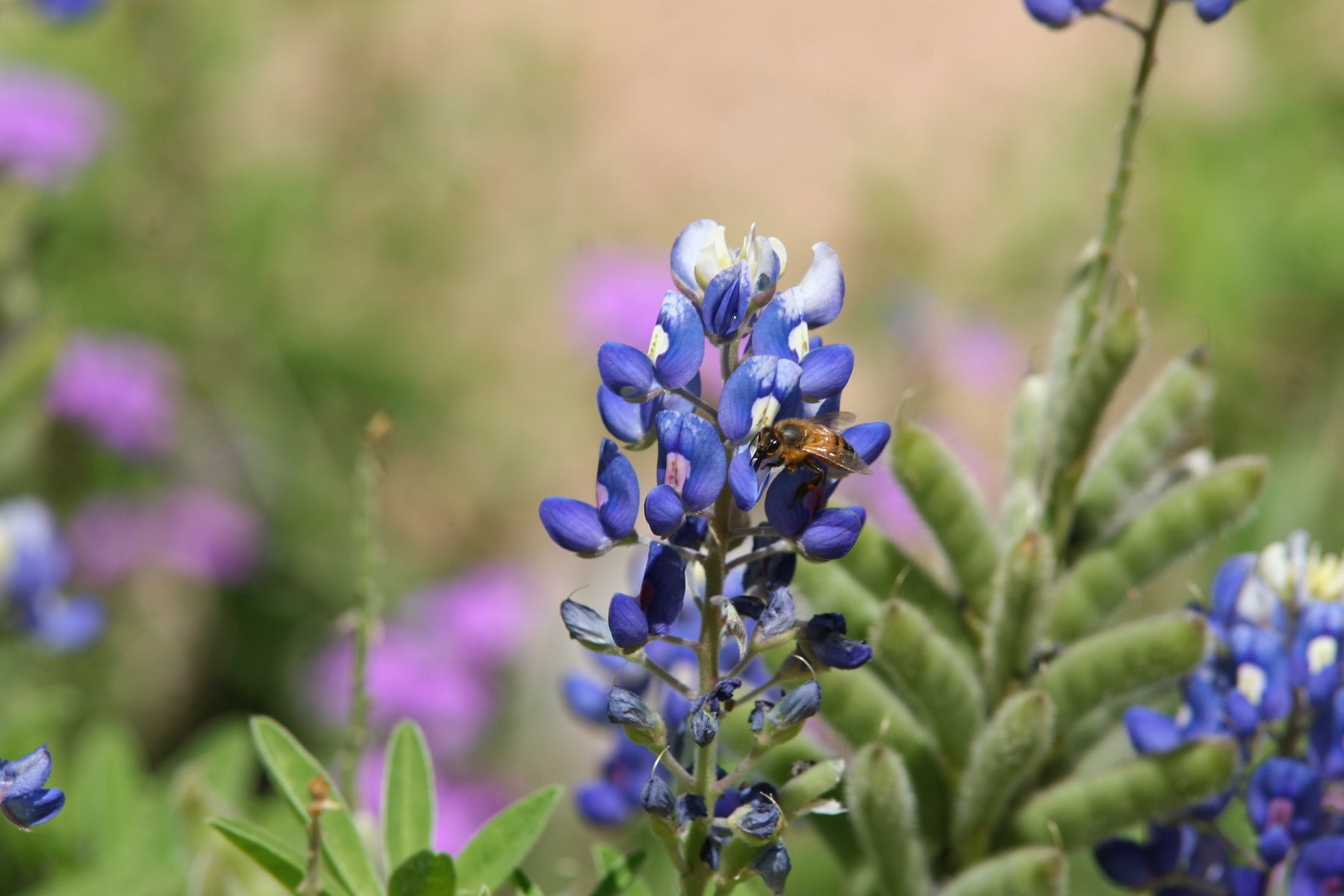Garden Checklist for January-February 2019
Published 12:00 am Saturday, January 26, 2019

- Orange Leader photo
By Sheri Bethard
Texas Certified Master Gardener
Suggestions to work on nice days outside or those ugly inside days to get ready for springtime planting
- Continue to water and fertilize cool-weather annuals such as snapdragons, pansies, violas and alyssum to encourage the best blooms. Now is an excellent time to transplant mature or established trees and shrubs while they are dormant.
- Make flower and vegetable garden plans now before the rush of spring planting. Time spent in armchair gardening before the fireplace will pay off in improved plant selection. Besides, it is fun to page through the garden catalogs and books while contemplating changes in your garden. We are in Zone 9.
- Sow seeds in flats or containers to get a jump on plant growth before hot weather arrives. Petunias, begonias, and impatiens should be sown in January or February. Warm temperature plants, such as tomatoes, peppers, marigolds, and periwinkles, should be sown now.
- Apply slow release fertilizer to pansies and other cool season annuals. Distribute 5 pounds of cottonseed or alfalfa meal per 100 square feet of bed area or use commercial slow release fertilizer products according to label instructions.
- Review last year’s garden journal and start a new one for this year by recording your seed/plant orders.
- Check your stored bulbs and veggies and discard any that are showing signs of rot. Mist them lightly if they seem to be drying out.
- Prepare beds and garden area for spring planting. Till in several inches of compost, composted pine bark or similar material.
- Select and order gladiolus corms for February/March planting. Plant at two-week intervals to prolong the flowering period.
- Check junipers and other narrow-leaf evergreens for bagworm pouches. The insect eggs overwinter in the pouch, and start the cycle again by emerging in the spring to begin feeding on the foliage. Hand removal and burning of the pouches reduce future damage.
- The life of poinsettias and other Holiday Season plants can be prolonged with proper care. Keep the soil moist, but provide drainage so that excess moisture can flow from the pot. Keep the plant out of range of heating ducts and away from heating units. Keep in a cool room at night, preferably at 60 to 65 degrees F.
- Don’t fertilize newly set out trees or shrubs until after they have started to grow, and then only very lightly the first year.
- When buying plants, the biggest is not always the best, especially when dealing with bare-root plants. The medium to small sizes (4 to 6 feet) are usually faster to become established and more effective in the landscape than the large sizes.
- Do not prune bush roses until February or early March. Use good shears that will make clean cuts. Remove dead, dying, and weak canes. Leave 4 to 8 healthy canes, and remove approximately one-half of the top growth and height of the plant.
- Now is an excellent time to select and plant container-grown roses to fill in those bare spots in your rose garden.
- When pruning shrubs, first prune out any dead or damaged branches; then thin out by removing about one-third of the canes or stems at ground level, removing the oldest canes only; and then, shape the rest of the plant, keeping in mind the natural shape of the plant. Water foliage plants as well as containerized plants only when needed.
- Climbing roses should be trained but not pruned until after the spring flowering period. It is always appropriate to remove dead or weak canes. Weave long canes through openings in trellises or arbors and tie them with jute twine or plastic plant ties. Securing canes now prevents damage from winds, and contributes toward a more refined look to the garden when roses are blooming.
- Now is the ideal time to select and plant grapes, fruit trees and berries. Contact The Orange County Master Gardeners HOTLINE for localized variety recommendations at 409 882-7010. Prune peaches and grapes at this time. Cut back herbaceous perennials and hardy ornamental grasses now. Wait until warm weather arrives to assess the extent of freeze damage on citrus and semi-tropical plants. When new growth begins damaged material can be removed.





